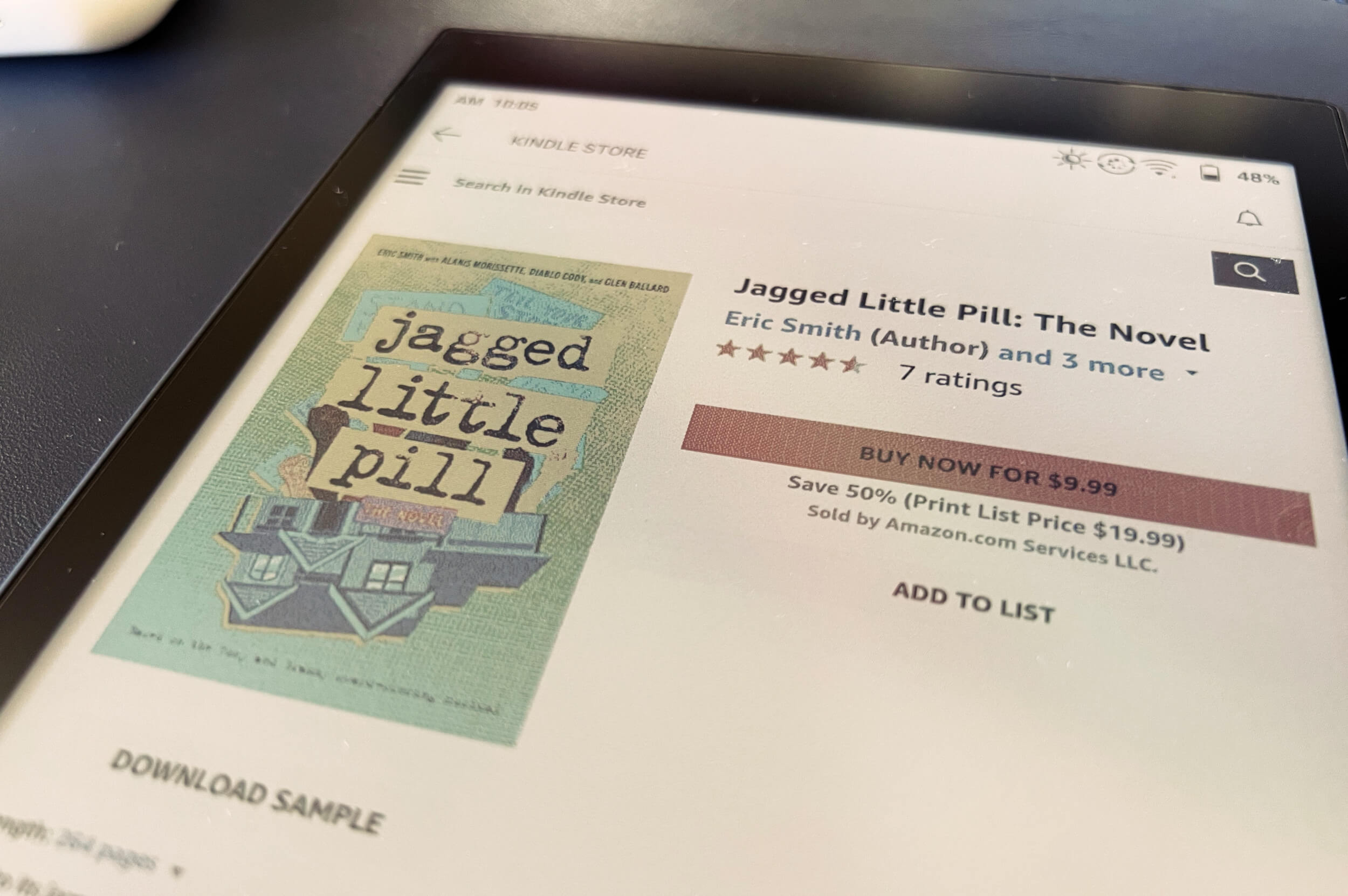The pandemic changed everything, and for a lot of college students that meant studying from their childhood bedroom, connected to the university experience by nothing more, or less, than the digital dashes and dots of remote learning. Two years later, as students return to the classroom, what if any of the pandemic induced trends are sticking? The increased uptake in digital course materials and eTextbooks may be a staying force.
Over the past few years Student Monitor studies have followed consistent, measured, growth in digital formats such as eTextbooks, including subscription models, as well as the emergence of new programs such as Inclusive Access. As I followed the trends, I’ve often wondered when today’s tech-savvy generation, completely glued to screens for every waking moment, would reach the tipping point, and fully embrace digital learning.
According to Student Monitor’s Spring 2022 survey, recently released, we might be headed that way. We found that since the return of students to campuses, the 23% jump in student spending on digital, distance learning materials that began in the Fall of 2020, has continued to increase through 2022 even as students have returned to the classroom.
In a related trend, overall consumption of course materials (as measured by units) has fallen, but eTextbooks have held steady. But because eTextbooks, including subscription models, are often less expensive, that has contributed to an overall decline in student spending on course materials of 22% this year, compared to last year, coming in at $141 for the Spring 2022 semester.
The decline in student spending on textbooks and other course materials continues a multi-year trend, as tracked by multiple organizations, including the College Board which released its Trends in College Pricing and Student Aid 2021 last Fall, finding an annual average of $460 per year, a figure that comports with our 2020-21 full year report and is on trend with our own newly reported 2022 research showing a 44% decline in student spending over a decade.
With a 20% increase in fully on-campus learners this year and a 17% and 18% decrease respectively of partially and exclusively remote learners, this continued trend in eTextbook usage and declining student spending seems to be holding steady as students return to their classrooms after the school shut downs of 2020.
This semester’s steady uptake of cost-effective digital options, with best practices honed during the pandemic, may very well signal a change in how college students – and professors – think about course materials in the months and years ahead.
To be clear, though, the digital revolution is not nearly complete. The Spring 2022 semester found student spending was still distributed over a wide range of options, including new, used, and rented print textbooks and, of course, the fast-growing category of eTextbooks, which now make up around one third of the total units students procure.
What’s going to happen during the upcoming Fall semester? I don’t have a crystal ball – the past few years have taught me never to make predictions – but as lockdowns and remote learning decline, while digital course material trends stay strong, I would guess that the adoption of digital alternatives will continue to grow.
Eric Weil is the Managing Partner of STUDENT MONITOR LLC, the syndicated market research study of the U.S. and international college student market. Eric has been active in the college market for over thirty years as the publisher of the College Marketing Annual and Collegiate Trends.


